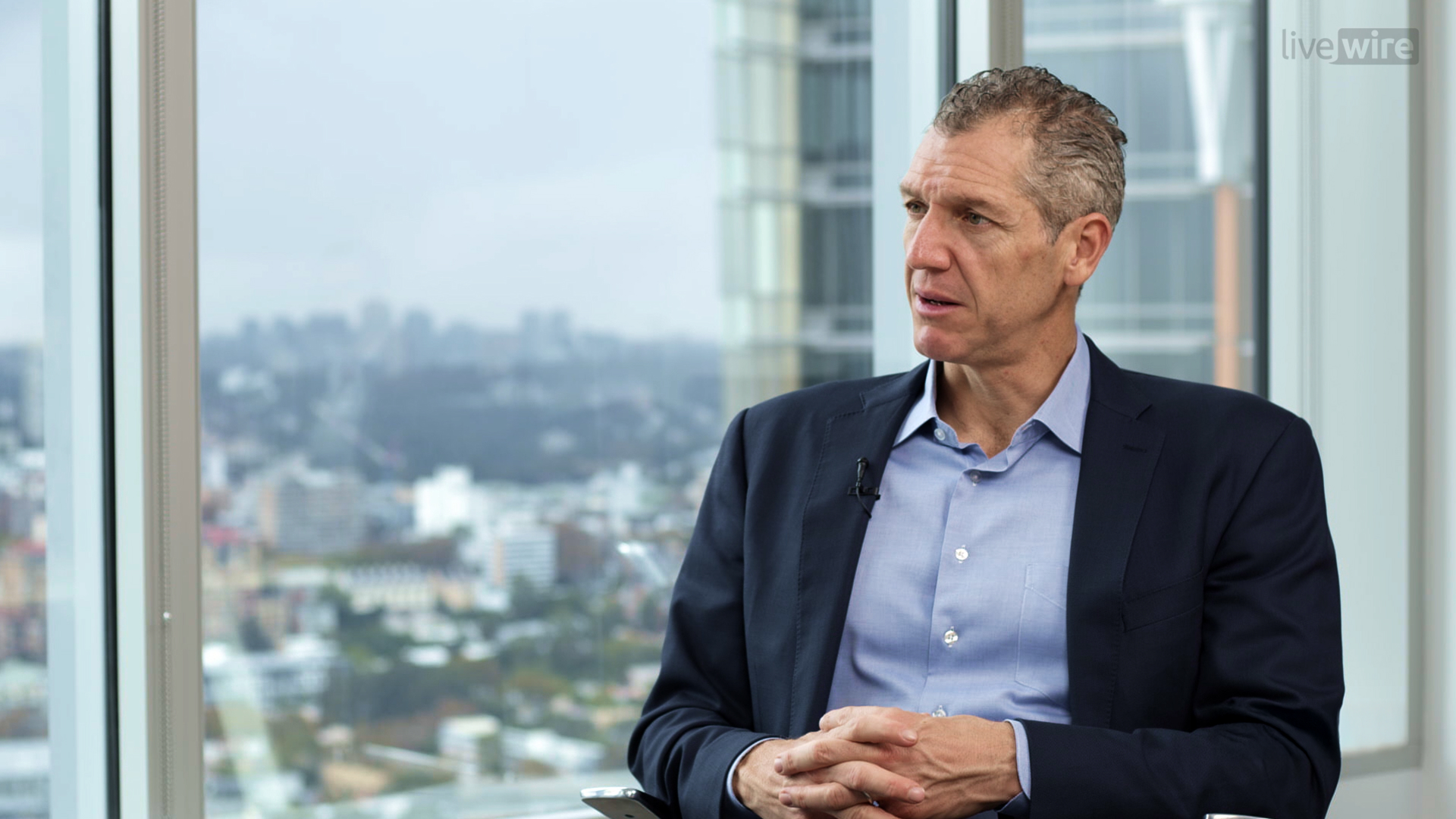How Ares leverages secondaries markets to drive returns for its private equity investors
US investment giant Ares Management is bringing its private equity investment products to Australia and recently launched its Private Equity Secondaries Strategy for local wholesale investors.
Recently, Livewire sat down with, Nate Walton, a partner at Ares and head of its private equity secondaries team to find out his views on making money in private equity and what secondaries offer investors.
In particular, Walton says private equity investing generally excels in periods of share market weakness, such as the existing sell-off sparked by US President Trump's imposition of sweeping trade tariffs on April 2.
"If you think about market environments, the public markets generally do well when the macro tailwinds are in their favour," says Walton.
"But in periods like we're going through right now where it may be a little bit more choppy or the go forward returns in the macro environment may be a little bit harder to generate. That's where the importance of the day-to-day blocking and tackling that happens in these private companies becomes even more important to generate the equity returns that investors are looking for."
Secondaries investing explained
In his role as head of private equity secondaries, Walton searches for opportunities to invest in other private equity funds on a secondary basis, which means it's effectively buying units from the original investors who want to exit.
This means if a typical private equity fund has a 10 to 15-year shelf life across its underlying investments, Ares may buy into the fund on a secondary basis from say years four or five of its existence.
"So, the secondary market was evolved to help support the liquidity needs of those investors [who wish to sell]," says Walton. "But what it's created is a really good entry point for investors to access private equity because you come in after the companies have already been identified, you come in generally three to four to five years into a fund. And importantly, you're generally able to buy at a discount to what is called the net asset value of the fund.
"Therefore your risk proposition is generally lower, but your return expectation can be similar to what you'd get if you had been in the fund from the beginning."
According to Walton, around 2% of all investors in private equity funds want to exit at any one time and find a secondary buyer. While Ares secondaries business has grown over the past 15 years in line with the growing size of private equity markets.
"There's only five, 10, or maybe 15 [secondaries] buyers in the entire world for the private markets who can step in and provide that kind of liquidity at any kind of scale," he says of Ares' market position.

Scale as an advantage
In total, Walton says Ares Management manages over US$500 billion in assets under management across all its investment businesses and that its private markets investment groups will look at more than 3000 companies a year to lend to.
Most of the companies it lends to will come from the financials, tech, retail, health care, communications, and industrials sectors.
"And so we look at about 3000 companies a year. We make about a hundred investments in those direct lending opportunities, but we use that database and that knowledge to help us make better informed decisions about secondary investing because the world of private markets is a huge market and it's very difficult for the independent secondary firms out there to get enough information to make informed decisions," he says.
Another advantage of secondary investing funds is that by investing into funds later cash flows from those underlying private investments can be returned to the secondary investors faster.
"So you have a much more accelerated return of cash as a secondary investor because of when you came into a fund," says Walton.
Learn more
For further insights from the team at Ares Wealth Management Solutions, please visit their website.
.jpg)
5 topics
.jpg)